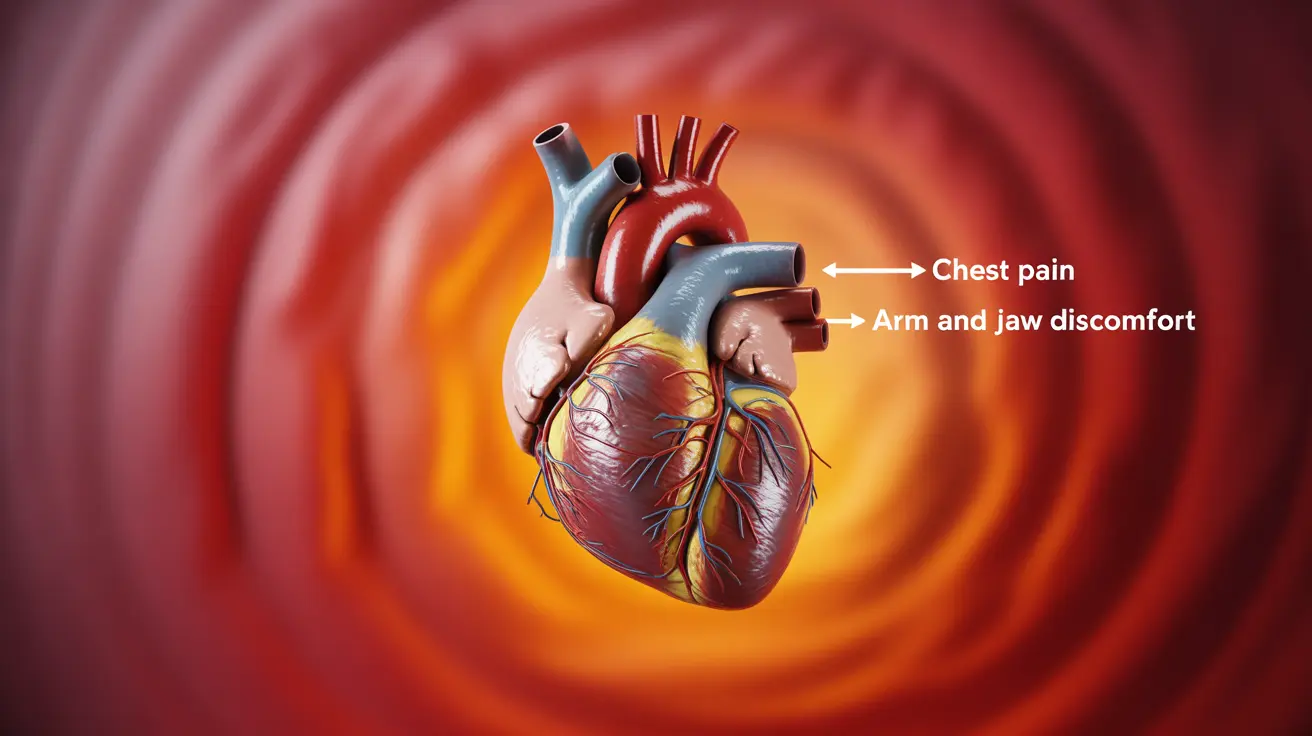When it comes to establishing emergency airways, medical professionals must often choose between two critical procedures: tracheostomy and cricothyrotomy. Both techniques can be lifesaving interventions, but they serve different purposes and are performed under distinct circumstances. Understanding the key differences between these procedures is essential for healthcare providers and patients alike.
This comprehensive guide explores the unique characteristics, applications, and considerations for both tracheostomy and cricothyrotomy procedures, helping to clarify when each intervention is most appropriate.
Understanding the Basics: Tracheostomy vs Cricothyrotomy
A tracheostomy involves creating an opening in the trachea (windpipe) through the neck, typically between the second and third tracheal rings. In contrast, a cricothyrotomy requires making an incision through the cricothyroid membrane, located higher in the neck between the thyroid and cricoid cartilages.
Anatomical Differences and Procedure Locations
The anatomical placement of these procedures is crucial for understanding their applications:
- Tracheostomy: Lower neck placement, through tracheal cartilage
- Cricothyrotomy: Higher neck placement, through cricothyroid membrane
Emergency vs. Planned Interventions
While both procedures establish artificial airways, they serve different temporal needs:
Cricothyrotomy: The Emergency Solution
Cricothyrotomy is primarily an emergency procedure performed when:
- Immediate airway access is required
- Upper airway obstruction prevents intubation
- Facial trauma makes traditional intubation impossible
- Time is critically limited
Tracheostomy: The Long-term Approach
Tracheostomy is typically planned and performed for:
- Extended ventilator dependence
- Chronic respiratory conditions
- Upper airway tumors
- Severe neurological conditions affecting breathing
Time Considerations and Duration
The duration of use significantly differs between these procedures:
- Cricothyrotomy: Temporary solution (typically converted to tracheostomy within 24-72 hours)
- Tracheostomy: Can remain in place for weeks, months, or permanently if needed
Procedure Complexity and Equipment
The procedures differ in their complexity and required resources:
- Cricothyrotomy: Simpler technique, minimal equipment needed
- Tracheostomy: More complex, requires surgical setup and specialized instruments
Recovery and Post-Procedure Care
Post-procedure management varies significantly between the two interventions:
- Cricothyrotomy: Requires rapid conversion to definitive airway
- Tracheostomy: Involves long-term care, regular maintenance, and potential rehabilitation
Frequently Asked Questions
What are the key differences between cricothyrotomy and tracheostomy in terms of procedure and purpose?
Cricothyrotomy is an emergency procedure performed through the cricothyroid membrane for immediate airway access, while tracheostomy is typically a planned surgery through the trachea for long-term airway management. The procedures differ in location, complexity, and duration of use.
When is cricothyrotomy the preferred emergency airway procedure over tracheostomy?
Cricothyrotomy is preferred in immediate life-threatening situations where rapid airway access is needed, especially in cases of severe facial trauma, upper airway obstruction, or when traditional intubation is impossible. It's faster and simpler than tracheostomy in emergency situations.
What are the risks and complications associated with cricothyrotomy compared to tracheostomy?
Cricothyrotomy carries risks of bleeding, infection, and potential voice changes, but its primary risk is subglottic stenosis if used long-term. Tracheostomy has similar risks but also includes potential complications like tracheal stenosis, bleeding, and infection, though these are generally manageable with proper care.
How long can a tracheostomy be used for airway management compared to a cricothyrotomy?
A tracheostomy can be used indefinitely with proper care and maintenance, while a cricothyrotomy is temporary and should be converted to a more definitive airway (usually a tracheostomy) within 24-72 hours to prevent complications.
What are the benefits of a tracheostomy for patients needing long-term breathing support versus a cricothyrotomy?
Tracheostomy offers better patient comfort, easier secretion management, potential for speech with specialized devices, reduced dead space ventilation, and easier nursing care. It's specifically designed for long-term use, unlike cricothyrotomy which is solely for emergency situations.




